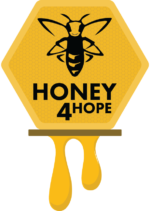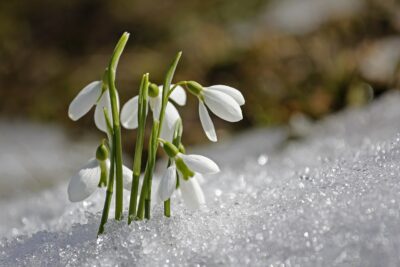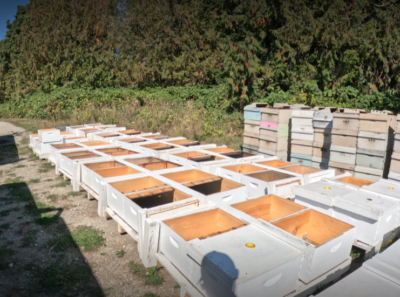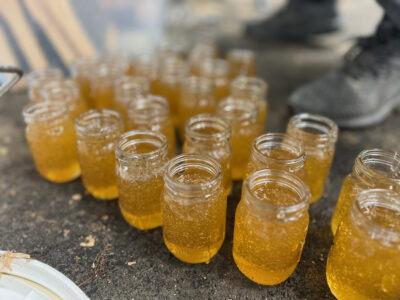Transitioning from winter to spring in beekeeping is a critical period that requires careful attention to ensure the health and productivity of your honey bee colonies. In order to have healthy hives and avoid loss, here are several key aspects to consider during this seasonal shift:
1. Colony Assessment: Before spring arrives, inspect your hives to assess the condition of the colonies. Look for signs of diseases, pests, and the overall strength of the colony. If any issues are identified, take necessary measures such as treating for mites or providing supplemental feeding.
2. Feeding: As winter resources may be depleted, supplementing the bees’ diet with sugar syrup or fondant can be essential to support colony growth. Bees need sufficient food to raise brood and build up their population for the upcoming foraging season.
3. Queen Status: Confirm the presence and health of the queen. A strong and productive queen is vital for the colony’s growth. If you find any issues, consider requeening the hive during this period.
4. Hive Insulation: Evaluate the insulation of your hives. In colder regions, it might be necessary to maintain insulation to prevent temperature fluctuations. Ensure that the hive has proper ventilation to prevent moisture buildup, which can be detrimental to bees.
5. Varroa Mite Management: Implement a comprehensive varroa mite management plan (test and treat). These mites can be particularly problematic during the spring, and controlling their population is crucial for the health of the colony.
6. Hive Expansion: Assess the space within the hive and add supers or other boxes if needed. Spring is a time of increased activity and expansion, so providing enough room for the growing colony prevents overcrowding and swarming.
7. Pollen and Nectar Sources: Be aware of local flowering patterns and ensure that the bees have access to a variety of pollen and nectar sources. This supports their nutritional needs and contributes to a diverse and robust colony.
8. Monitoring Weather Conditions: Stay informed about local weather forecasts. Sudden temperature drops or late frosts can impact foraging opportunities and may require additional precautions to protect the hive.
9. Beekeeper Education: Stay informed about best practices and new developments in beekeeping. Continuous learning and adaptation are key to successful beekeeping, especially during seasonal transitions. Be a learner!
By addressing these aspects during the transition from winter to spring, you can set the foundation for a thriving bee colony and increase the likelihood of a successful and productive beekeeping season.




